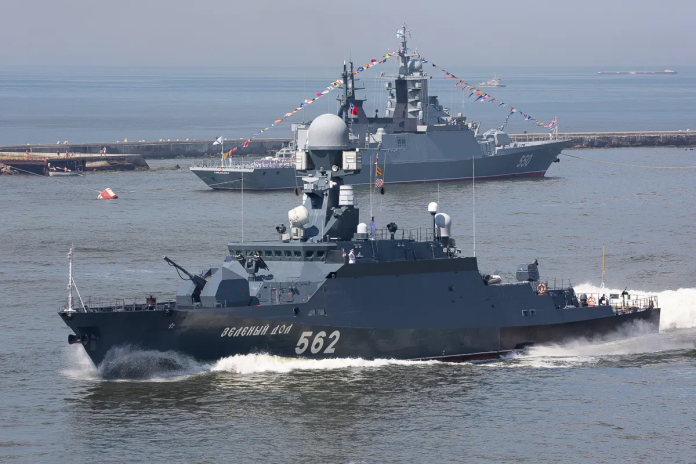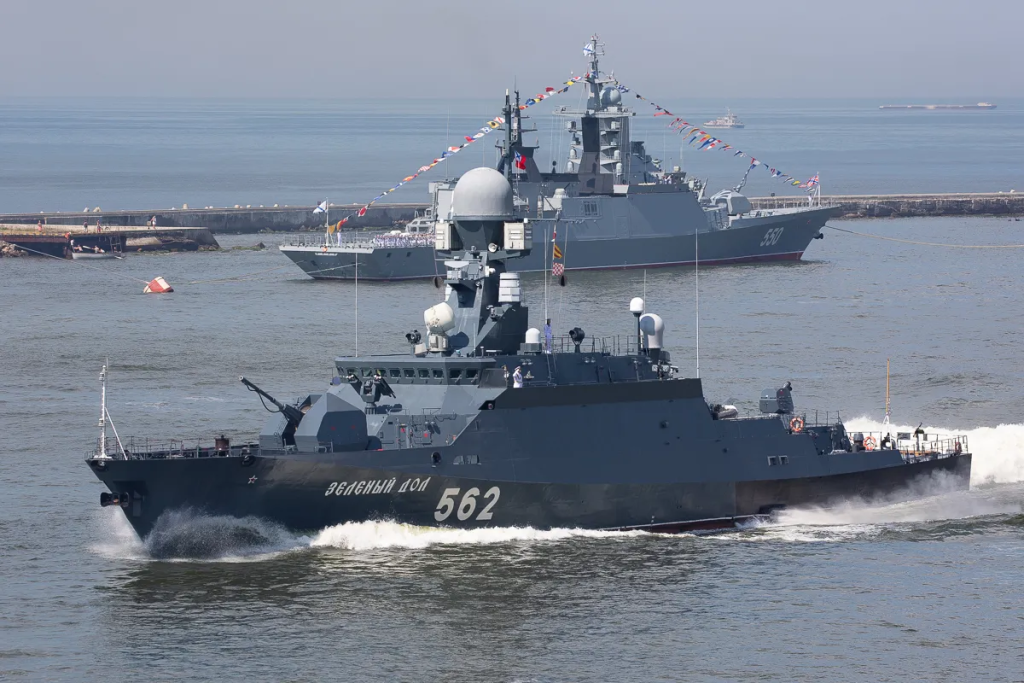
Was this the day that Ukrainian drone warfare went to another level in naval warfare? On August 28, 2025, the Ukrainian armed forces released news of a precision attack on Russian Buyan-M missile corvette in the Sea of Azov a ship intended to fire Kalibr cruise missiles. The strike, launched deep in enemy waters, drove the ship off patrol and into port for repair.

This was not an isolated event but part of a larger pattern as Ukraine has been pushing back at Russia’s numerical superiority in the naval sphere using unmanned vehicles. The raid came as part of one of the largest Russian missile and drone attacks of the war, pinpointing the high-stakes competition to control the Black Sea and Azov maritime areas. Seven key takeaways about the operation and larger implications are provided below.
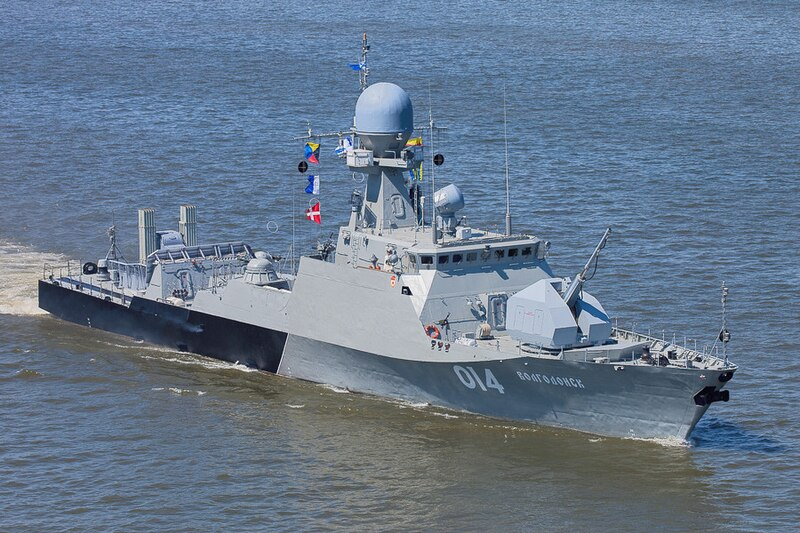
1. The Target: A Buyan-M Corvette in Launch Position
The targeted Russian warship was a Project 21631 Buyan-M class corvette, an armed yet smaller warship with the potential to carry eight Kalibr-NK cruise missiles. It was reportedly on mission in Temryuk Bay, a well-known missile launching base for missile strikes into Ukrainian space. Being based there put it in short-range striking distance of major cities in Ukraine. The co-ordination of the attack, which accompanied a huge Russian bombardment, was such that destroying even a single missile carrier would have upset planned salvos.
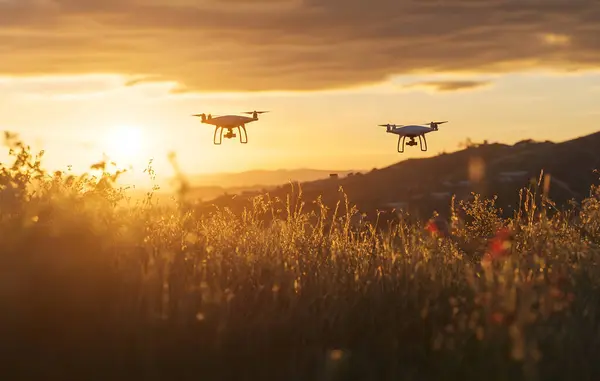
2. The Strike: Precision Drone Attacks on Critical Systems
Ukrainian special forces of the ‘Prymary’ unit allegedly destroyed the corvette’s radar using the first drone strike and then again attacked its missile launcher. A series of the two strikes was filmed in infrared and released by GUR. The corvette did not capsize, but losing its radar compelled it to retreat. Defense Express reported that this would have stopped a Kalibr launch in the process of being fired, a valuable tactical success in view of the missile’s long-range capacity to strike.

3. Deep Penetration Behind Enemy Lines
The strike was over 130 miles from the front lines and involved complex planning and flight past highly defended skies. This signals Ukraine’s increasing capacity to project power into previously thought secure zones by Russian naval command. The attacks invalidate Russia’s claim that keeping ships beyond Sevastopol keeps them safe from Ukrainian access.
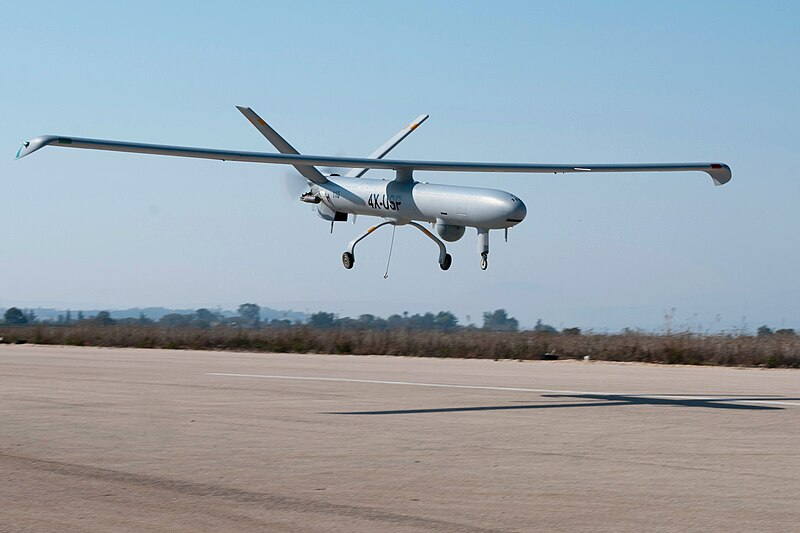
4. The Drones: Advanced RUBAKA and UJ-26 Bober
Although the models are unconfirmed, Defense Express estimated that the attack most likely used upgraded UJ-26 Bober and RUBAKA drones. The platforms have already seen service in raids on valuable targets occupied Crimea and hold a pattern for evading Pantsir-S1 air defense successfully. The Bober, in particular, has been described by GUR as “gnawing through” Russian air defense systems, rendering them into “useless scrap.” How exactly these drones were able to get through layered defenses says a lot about the vulnerabilities of Russia’s anti-UAV network.
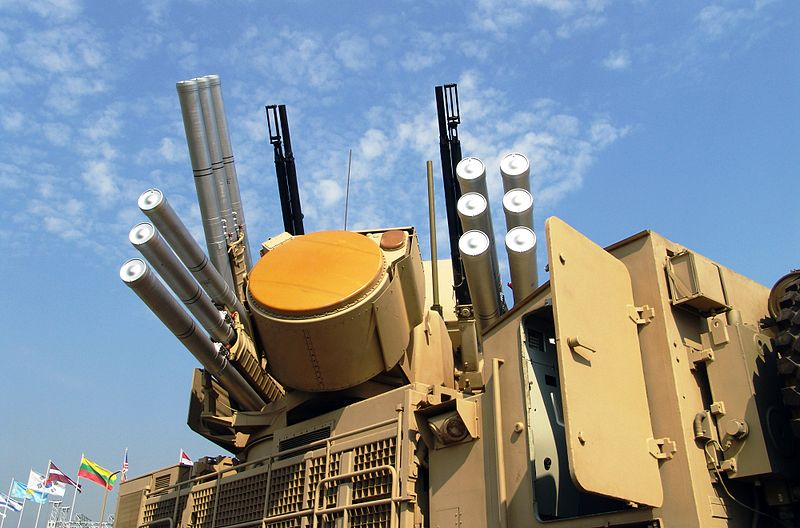
5. Failures of Pantsir-S1
The corvette’s AK-630M-2 Duet anti-aircraft gun and any related Pantsir-S1 systems failed to intercept the incoming drones. All part of a grander picture: open-source intelligence and analysts have chronicled a minimum of 20 Pantsir-S1 vehicles destroyed, damaged, or seized since 2022. A Russian military report in 2020, reported by Forbes, conceded that “firing missile weapons at UAVs is practically impossible” for the Pantsir. The system’s vulnerability to low-signature, small drones continues to be a serious weakness in Russia’s defense planning.
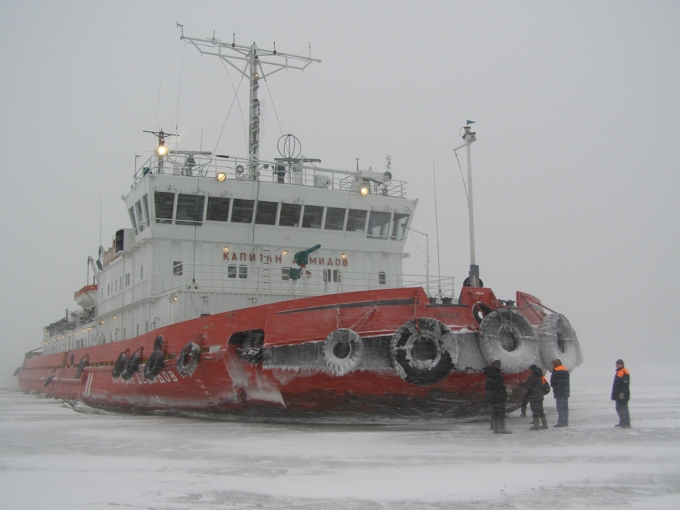
6. Strategic Context: Russia’s Evolving Naval Strategy
Ukraine’s constant drone and missile strikes have already pushed Russia to move most of its Black Sea Fleet from Sevastopol to Novorossiysk. The Sea of Azov, hitherto a relatively safe area for Russian operations, is now within reach for Ukraine’s strike units. The destruction of the Buyan-M further diminishes Russia’s ability to launch cruise missile strikes from the eastern direction, and it may modify its plans of operation within the region.
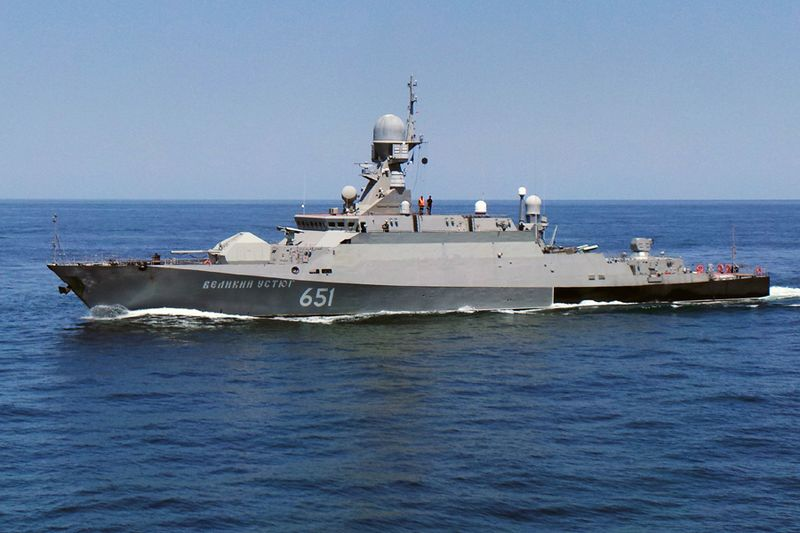
7. Naval Losses and the Asymmetric Equation
28 Russian naval ships lost since February 2022, 21 sunk and 7 damaged, are estimated by the Dutch open-source collective Oryx. With every loss or tactical withdrawal, the asymmetric strategy adds up the strategic cost. Through the use of inexpensive drones to destroy expensive ships at affordable prices, Ukraine is reworking the math of naval war, illustrating that a weaker force may drain a more powerful fleet’s fighting ability without the necessity of traditional ship-to-ship battle. The August 28 corvette Buyan-M attack was a tactical triumph; it was also an exercise of the potential of drone precision warfare to redefine naval strategy.

By taking advantage of the vulnerabilities of Russian air defenses and attacking deep in contested waters, Ukraine demonstrated that even highly armed warships are not out-of-bounds. As both parties continue to evolve, the Black Sea and Sea of Azov conflict is increasingly characterized less by fleet size, and more by unmanned system agility and range.
